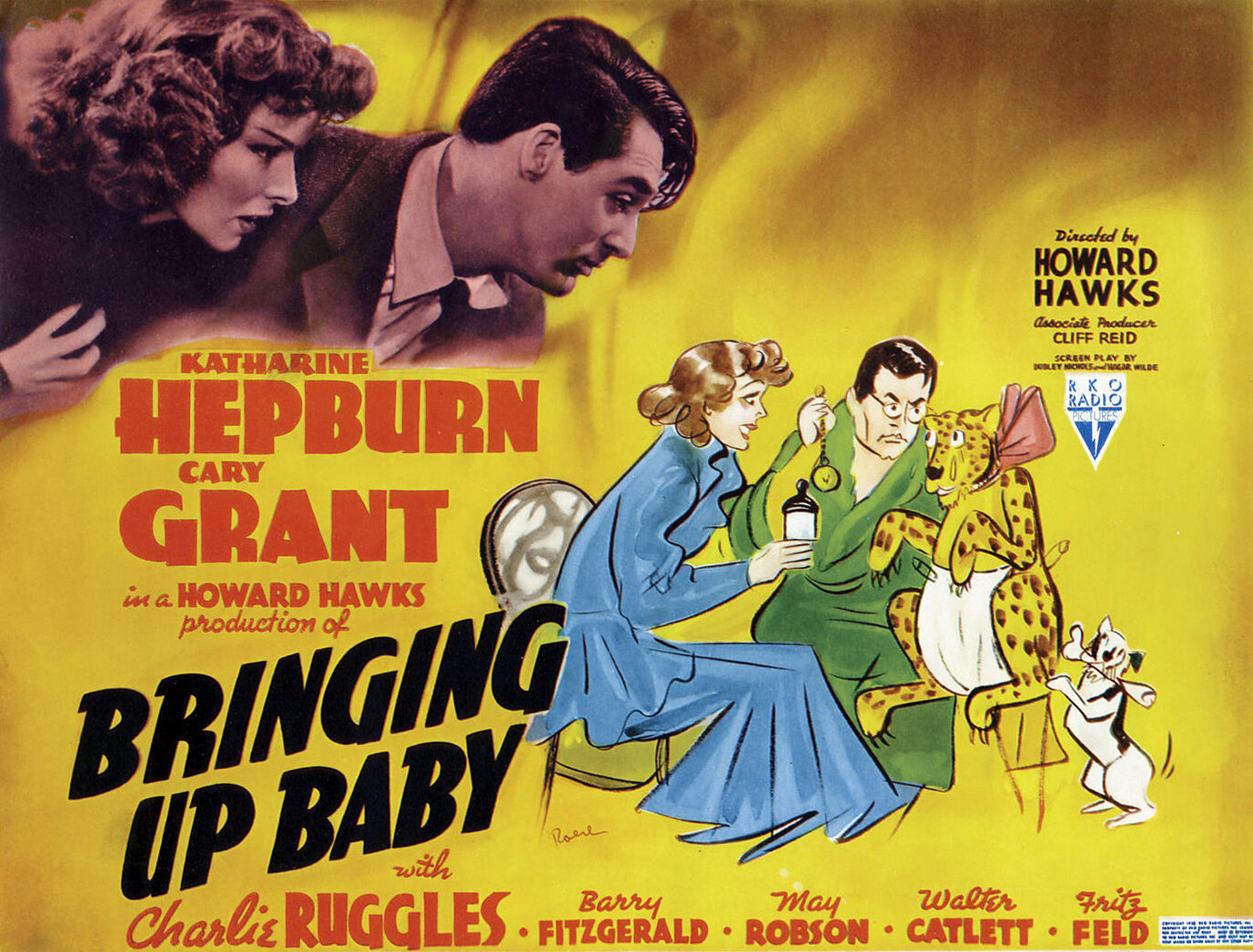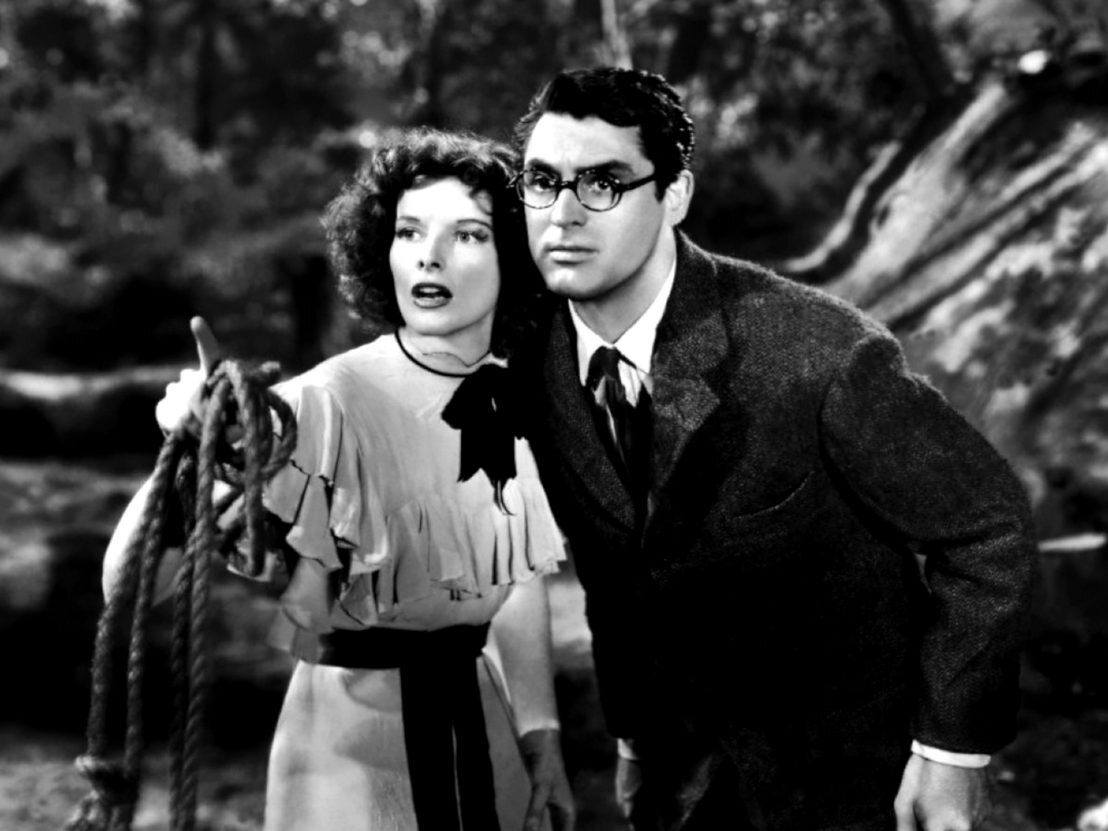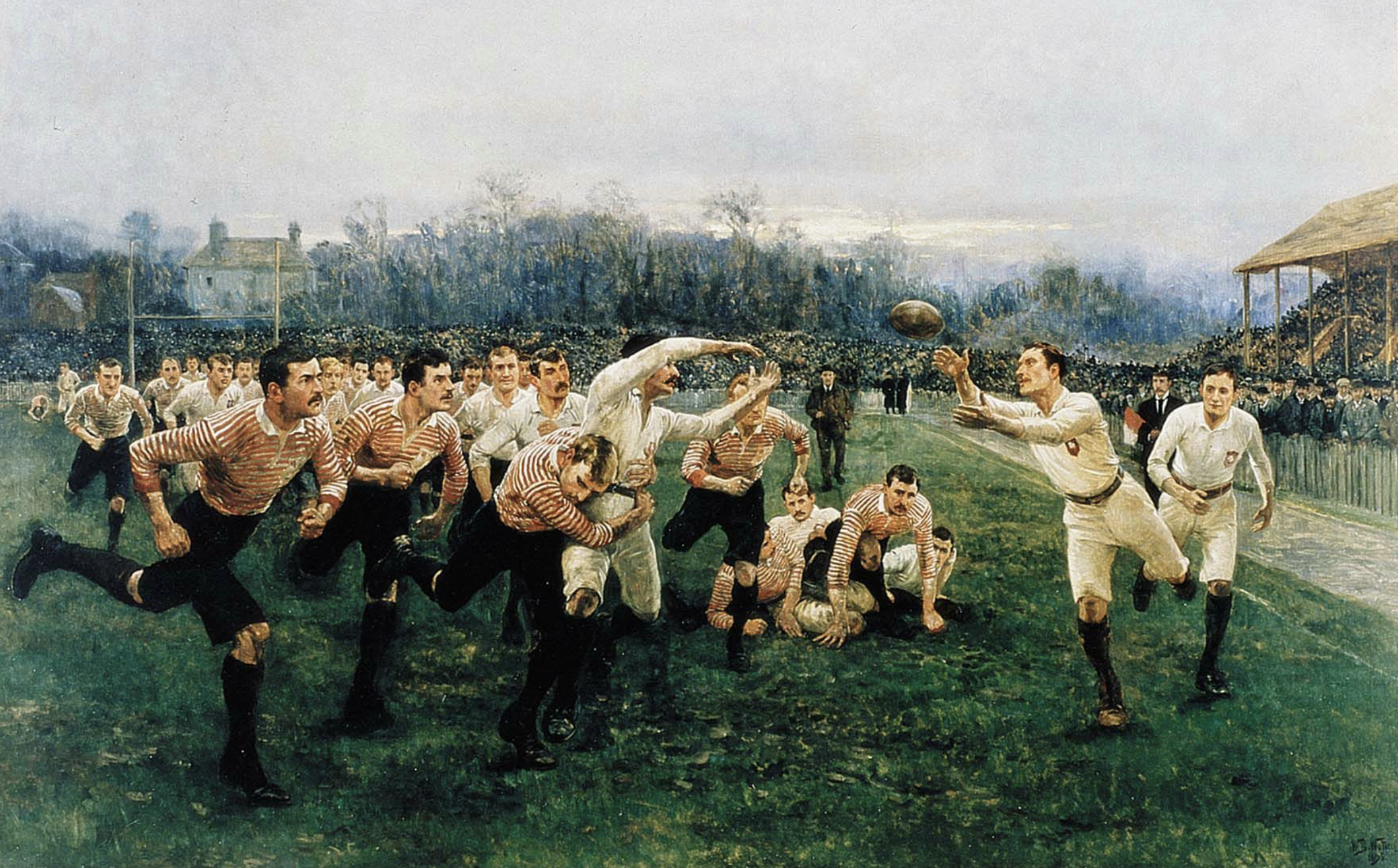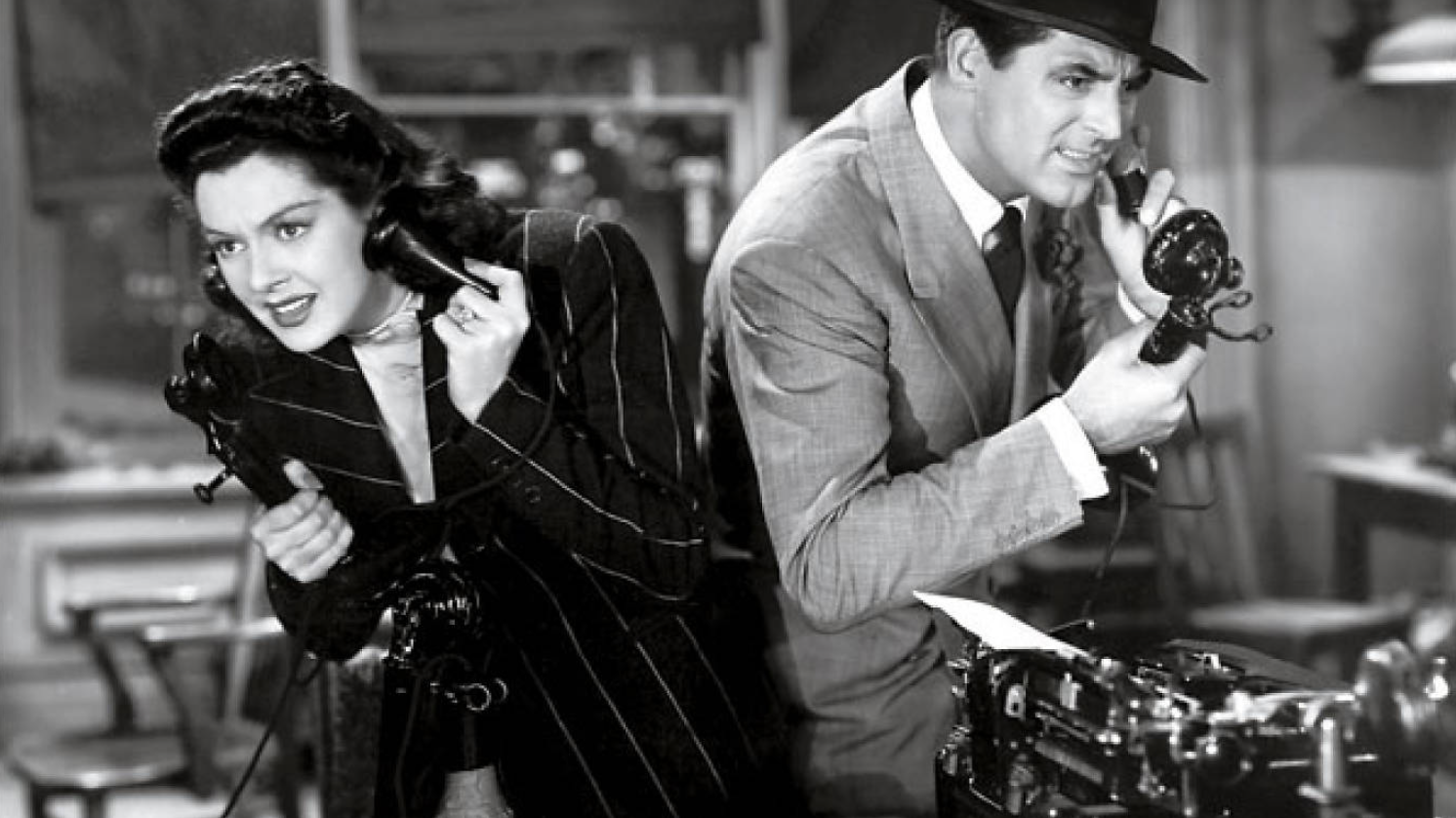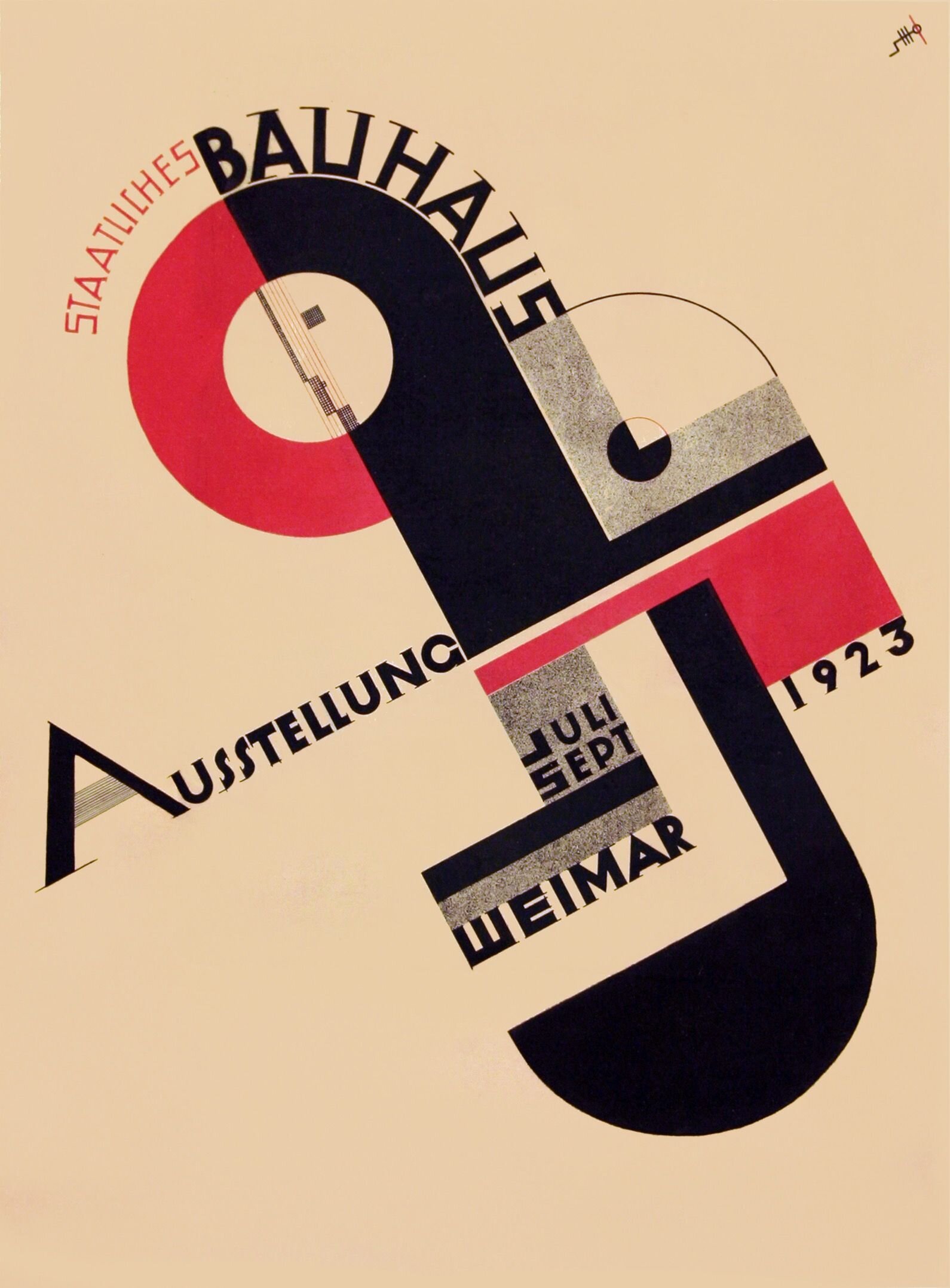Clarence Avant and the Necessity of Networks: ‘I Don’t Have Problems, I Have Friends’
Clarence Avant by Charley Gallay©Getty Images for NAACP
‘Say Clarence Avant’s name, and the doors open and the seas part.’
LA Reid
I recently watched a Netflix documentary relating the compelling life story of Clarence Avant (‘The Black Godfather’).
In a long and illustrious career Avant has been a salesman, agent, manager and producer. He has been a successful entrepreneur, owning record companies and a radio station. He has been a gatekeeper, an orchestrator, a mediator and a negotiator. He has been the mentor and mastermind of countless careers in the music and entertainment industry. To many he is known simply as The Black Godfather.
Avant teaches us a great deal about the critical role of relationships and networks in work and life. He represents a particular style of leadership, one that exerts influence through human connections and emotional intelligence; and one that doesn’t seek the spotlight.
‘You either join the country club or you remain a goddamned caddy. I’m not a f***ing caddy. Period.’
Avant was born in 1931 in Greensboro, North Carolina, and raised in poverty in nearby Climax. He was the oldest of eight children. Not getting on with his stepfather, he put rat poison in the abusive man’s food. He left home soon after.
Avant moved to New Jersey and eventually found work as a manager at Teddy Powell's Lounge. Louis Armstrong’s representative at the time, Joseph G Glaser, took a shine to Avant, and hired him to manage R&B and jazz acts like Little Willie John and Jimmy Smith.
Avant moved to LA and helped Argentine pianist-composer Lalo Schifrin get into the movie soundtrack business, in which capacity he wrote the theme tune for ‘Mission: Impossible.’ In 1969 Avant founded Sussex Records, and his signings included singer-songwriters Sixto Rodriguez (later celebrated in the documentary ‘Searching for Sugar Man’) and the great (recently departed) Bill Withers.
'Lean on me, when you're not strong
And I'll be your friend,
I'll help you carry on.
For it won't be long
'Til I'm gonna need
Somebody to lean on.’
Avant’s career inevitably had its ups and downs. In 1973 he bought an LA radio station, thereby becoming one of the first black station owners in America. However, he was overstretched and KAGB folded, taking his record company with it.
But Avant was rarely out of work. He helped major labels recruit and develop African American talent. And in 1977 he launched Tabu Records, which - fuelled by the production genius of Jimmy Jam and Terry Lewis - had success with the SOS Band, Alexander O’Neal and Cherrelle. He subsequently became Chairman of Motown and the first African American board member at PolyGram.
This may sound like a conventional music business success story.
What’s fascinating about Avant is the relationships he was forging and the deals he was making throughout his career. He seems always to have been on the phone, in one-to-one meetings, making suggestions, offering advice, negotiating agreements. He was equally comfortable talking to heads of studios, politicians and Mafia dons; equally at home at charity fundraisers, in the offices of the President of Coca-Cola and at the White House.
When Cleveland Browns football star Jim Brown was approaching the end of his athletic career, Avant helped him transition into the movie business, a path that included roles in ‘The Dirty Dozen’ and ‘Ice Station Zebra.’ When Atlanta Braves baseball legend Hank Aaron broke Babe Ruth’s record of 714 home runs, Avant helped him realise the true commercial value of his achievement.
‘Making the money is the creative side. Keeping the money is the Clarence side.’
Lionel Richie
Although not the type of person to go on marches, Avant contributed to the Civil Rights struggle in his own particular way. When Don Cornelius’ TV music vehicle ‘Soul Train’ – of iconic importance within the African American community - was threatened by Dick Clark’s competing dance show, Avant persuaded the ABC network to drop the pretender.
‘My job is to move us forward.’
The "Soul Train" Line, circa 1980.Credit...Soul Train Holdings LLC
In his role as executive producer of major entertainment events - like the 1973 ‘Save the Children’ concert and the 1975 TV tribute to Muhammad Ali - Avant insisted that black talent work behind as well as in front of the cameras.
When Civil Rights leader Andrew Young ran for Congress, Avant helped get his campaign off the ground by organising an Isaac Hayes concert.
‘If you’re crazy enough to run, I’m crazy enough to try to help you.’
Avant is not given to smooth talk and rhetoric. He doesn’t articulate grand visions. Rather his manner is direct, his tone is gruff and his vocabulary is colourful. And much to friend Quincy Jones’ annoyance, he insists on putting ice in his Chateau Petrus.
‘I can’t make speeches. That’s not my life. I make deals.’
Avant claims to be unemotional, suggesting that life is fundamentally an exercise in accounting.
‘If you don’t ask, you don’t get. Life is about one thing – numbers – nothing else. What did Tina Turner say? ‘What’s love got to do with it?’ Not a f***ing thing, man. That’s why I tell people ‘Life begins with a number and ends with a number.’ Love ain’t got nothing to do with shit. It’s all about numbers and nothing else.’
But the more you listen to the beneficiaries of Avant’s wisdom, the more you realise that his skills extend far beyond raw mathematics. He is warm-hearted and trustworthy. He is a natural negotiator and counsellor.
‘He finds a common ground between people who are different.’
Andrew Young
Avant reminds us that the ability to develop and sustain relationships is critical to personal and commercial success. We talk a good deal about networking as if it were a wretched obligation, a cynical skill. Avant demonstrates that networking is a necessary, fundamentally human talent - one that overcomes problems, resolves differences, creates opportunities and builds communities.
‘I don’t have problems, I have friends’
As he grew older, Avant continued to exercise a huge influence on the careers of music and entertainment talent behind the scenes. He mentored Kenneth ‘Babyface’ Edmonds and LA Reid; Sean Combs, Snoop Dogg and Jamie Foxx. In 2004 he helped introduce Barack Obama to the American public by securing him a prime time slot at the Democratic National Convention.
Obama sums Avant’s expertise thus:
‘There are different kinds of power. There’s the power that needs the spotlight. But there’s also the power that comes from being behind the scenes… Clarence exemplifies a certain cool, a certain level of street smarts and savvy that allowed him to move into worlds that nobody had prepared him for - and say: ‘I can figure this out.’’
Avant expresses his approach in more direct terms.
‘Alright motherf***er. Let’s get paid.’
'Friends tell me I am crazy,
And I'm wasting time with you.
You'll never be mine.
It's not the way I see it,
'Cause I feel you're already mine.
Whenever you're with me
People always talkin' about
Your reputation.
I don't care about your other girls,
Just be good to me.’
The SOS Band, ‘Just Be Good To Me’ (J Harris / T Lewis)
No. 292





